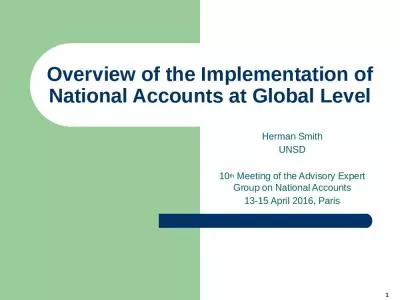PPT-Discussion of “Machine Learning National Economic Accounts”
Author : stefany-barnette | Published Date : 2019-11-06
Discussion of Machine Learning National Economic Accounts Patrick Bajari VP Core AI and Chief Economist Amazon Outline Quick summary A quick overview of some ML
Presentation Embed Code
Download Presentation
Download Presentation The PPT/PDF document "Discussion of “Machine Learning Nation..." is the property of its rightful owner. Permission is granted to download and print the materials on this website for personal, non-commercial use only, and to display it on your personal computer provided you do not modify the materials and that you retain all copyright notices contained in the materials. By downloading content from our website, you accept the terms of this agreement.
Discussion of “Machine Learning National Economic Accounts”: Transcript
Download Rules Of Document
"Discussion of “Machine Learning National Economic Accounts”"The content belongs to its owner. You may download and print it for personal use, without modification, and keep all copyright notices. By downloading, you agree to these terms.
Related Documents

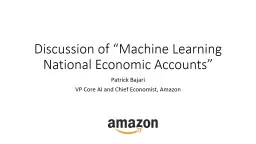
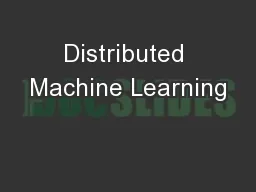
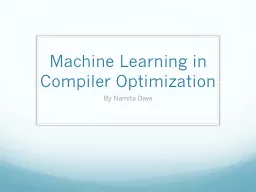
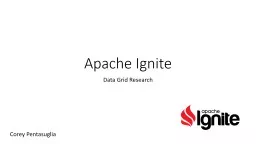
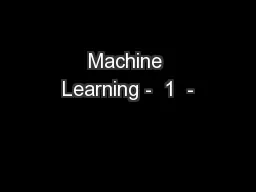

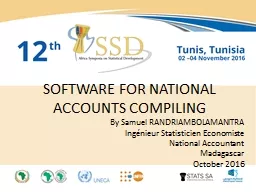


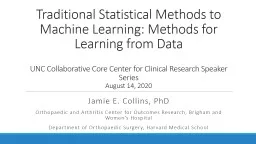
![[READ]-Machine Learning: Two-Book Bundle: Machine Learning: Master the Three Types of](https://thumbs.docslides.com/986795/read-machine-learning-two-book-bundle-machine-learning-master-the-three-types-of-machine-learning-hacking-computer-hacking-mastery.jpg)


